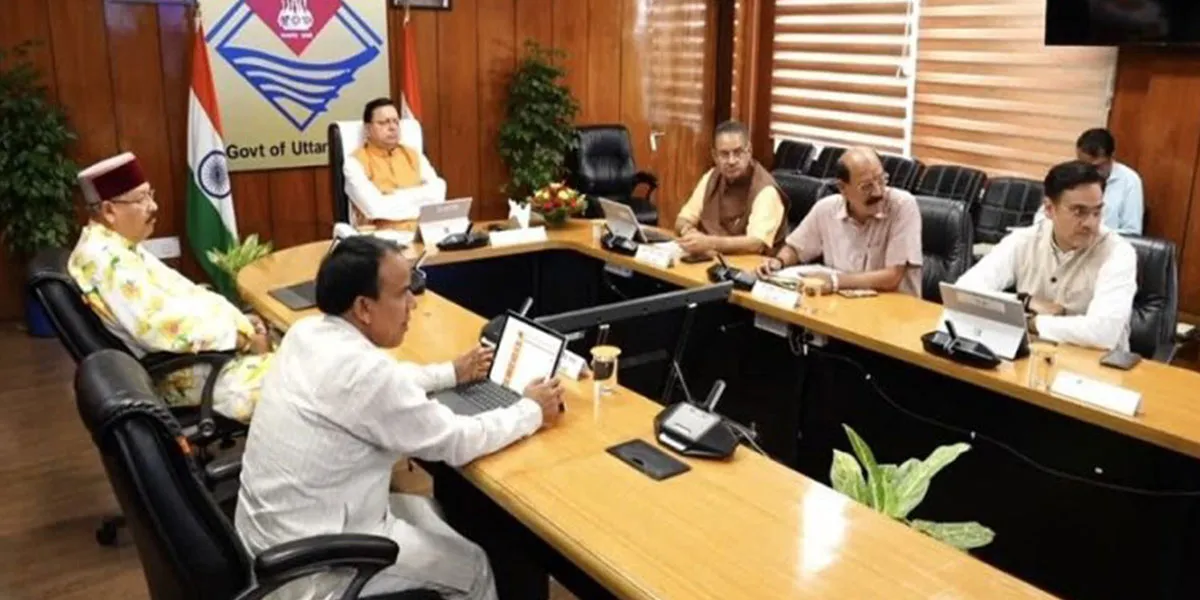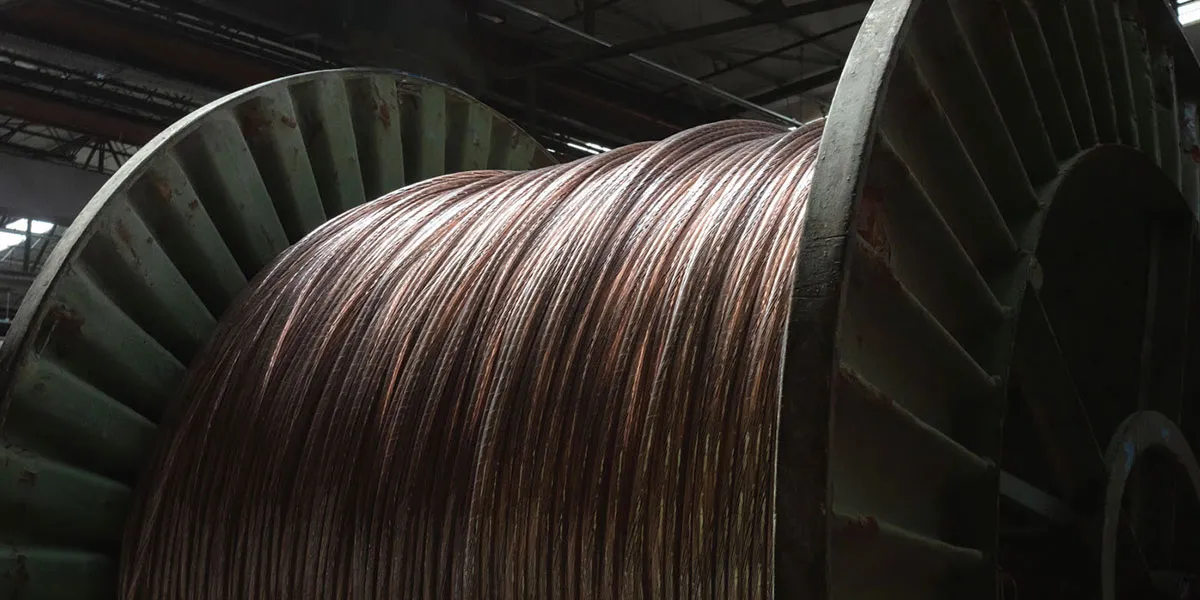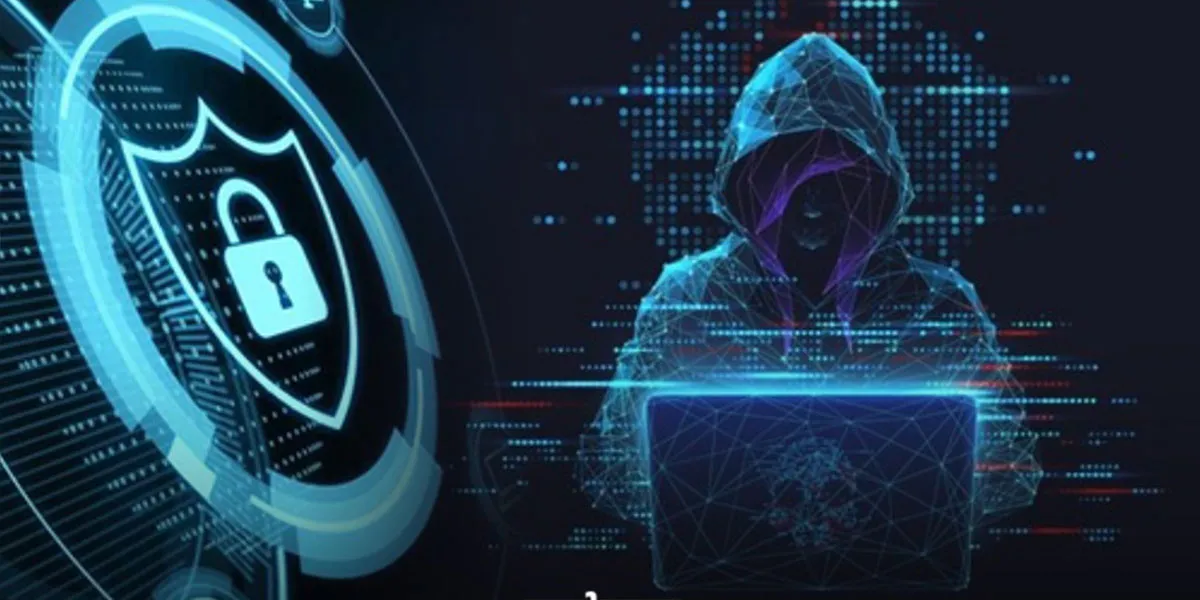L&T’s Smart World Communications (SWC) business unit has been the frontrunner in the implementation of smart solutions across various cities in India as part of the Centre’s ambitious smart city mission, with an enviable track record of 12 completed or on-stream projects. R Srinivasan, EVP and Head, L&T Smart World and Communication (SWC), shares his views and elaborates upon the opportunities he foresees in the next five yearswith SHRIYAL SETHUMADHAVAN.
How do you view the current growth and construction opportunity in this segment?
The smart city mission along with other new-age initiatives like Digital India is expected to remain top priority in the Government’s development-led agenda. Starting by creating city surveillance and intelligent traffic management systems for the cities of Ahmedabad, Gandhinagar and Vadodara and surveillance and management of critical infrastructure in Sabarmati Jail, SWC has helped create India’s first smart city, Jaipur, and the country’s first integrated smart city, Nagpur; put up the largest surveillance system in Mumbai; helped manage crowds at one of the world’s largest religious gatherings, KumbhMela in Prayagraj; and saved millions of lives with its Early Warning Disaster System when cyclone Fani ravaged Odisha.
How do you view the opportunities in the sector for the next five years?
The development of smart cities is on the fast lane to drive India’s growth story. Aimed at enhancing the quality of lives of citizens, the smart city mission will open vistas of opportunities for system integrators to deliver across a range of solutions founded on a strong digital and technology platform.
A major learning is that each city is unique with its unique set of issues requiring a customised bouquet of solutions to address them. Jaipur is a case in point: Being a city that sees a huge inflow of tourists every year, it required smart components to meet their specific demands. Hence, interactive information kiosks at strategic locations were installed for tourists to easily access relevant information and even transact with the authorities. Mumbai, on the other hand, had a pressing need to curb crime and control criminal activities for which a surveillance system involving 5,000+ cameras was installed across 1,500+ locations to bring the maximum city under the ‘third eye’. The need for the authorities at Prayagraaj during the KumbhaMela was to control the huge influx of devotees and thus a whole suite of smart solutions was developed and put up to track density of people, trigger alerts of any developing situation, divert vehicular and human traffic whenever needed, smartly manage waste, and the like. Smart initiatives like the Early Warning Disaster Management System in Odishaare a live example of how smart components saved millions of lives during a natural disaster in the form of cyclone Fani.
Smart cities are here to stay, particularly with the growth of technology and its ubiquity, but there is a growing need for specialised talent with knowledge of technology and a digital mindset to keep the wheels humming. Apart from building a strong technology team, L&T has foreseen the growing need for workmen with specialised skill-sets by establishing a smart city skill training institute in Hyderabad equipped to train youngsters over a period of three months in all the technicaltraining required forsmart cities and then absorb them into the company’s projects.
L&T has also set up a dedicated Technology Innovation Centre to foster development of cutting-edge tech solutions to resolve the unique challenges faced by our cities. The smart city concept holds enormous potential.And with effective leadership and optimum utilisation of resources, significant growth is on the cards overthe next few years.
Any recommendations to give a further fillip to the sector?
The cities that have implemented smart solutions have begun to derive the benefits of technology interventions. With surveillance projects acting as an effective deterrent and helping in crime resolution, adaptive traffic management systems addressthe traffic woes of citizens. The city-wide WiFi facility enables accessibility to government services through citizen apps and improves governance and transparency. Flood and pollution sensors helpto handle natural calamities, improving the liveability index of these cities. Solid waste management solutions keep the cities clean. The benefits will ensure that these solutions are extended to the rest of the country. Based on our experience in having successfully integrated and operated these technologies in smart cities, we are now poised to extend these solutions to social sectors like education, healthcare and agriculture in both urban and rural areas that are digitally connected through the BharatNet project. While there has always been a ‘push’ from the Centre for the smart city concept, better Centre-state coordination, adequate and timely funding and a greater sense of purpose from city authorities and municipalities through empowered SPVs and nodal agencieswill be required to give the sector a much-needed fillip.




















